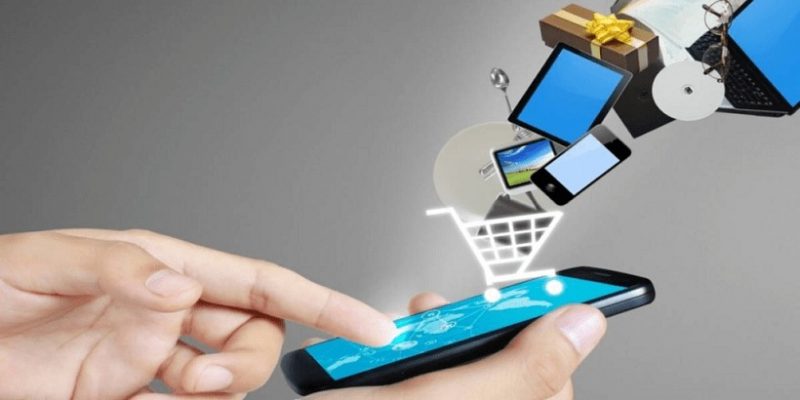
As we approach the traditional sales window ahead of the holidays, retailers and brands have to move quickly to adjust their digital strategies due to the coronavirus pandemic. It’s not hyperbole to say entire sectors had to fundamentally change their business models in the past 10 months, and retail has been one of the biggest hit by changing COVID-related consumer habits.
As people dramatically decrease their inclination to shop in-store and increase reliance on their phones, retailers that invested in their mobile commerce (m-commerce) strategies will stand a greater chance of seeing stronger returns from the end-of-year festivities, more so than those that haven’t.
For those brands that haven’t thought much about their m-commerce strategy — don’t worry. There’s still time to prepare for the holidays and become part of the m-commerce revolution.
The Future Looks Good for M-Commerce Through the Holidays and Beyond
The report M-Commerce – Global Market Trajectory & Analytics looked at the biggest m-commerce brands from east to west and predicted that the global m-commerce market will grow by a projected $5.1 trillion. Brands that want to be part of that mobile growth need to start working on their m-commerce strategies now.
Don’t just take our word for it. App Annie’s Senior Market Insights Manager Lexi Sydow sees this growth continuing both the short and medium term: “As we head into the holiday season and 2021, businesses who prioritize mobile will outpace competitors, as mobile represents a significant driver of revenue growth for businesses.”
While COVID drives people toward online shopping, brand awareness and messaging are two critical components that will make or break this year’s holiday campaign efforts. With this in mind, the right strategies are needed to orchestrate and execute an effective m-commerce campaign.
Brand Awareness and M-Commerce Success go Hand-in-Hand
The quarantine period showcased a growing trend of consumers’ aversion to brand loyalty. People were desperate for products, so much so that they made purchases from whichever brands had them available. I’m sure we all remember the headlines associated with household items like toilet paper. Successful companies made an effort to focus marketing around factual messaging that was clear regarding the services, conveniences and products offered.
An important part of successful brand awareness efforts also comes from utilizing multiple channels. The reality is, digital consumers have an unprecedented amount of company and brand-related content available to them — much of it in the form of user or influencer reviews. Because of this, sellers truly aren’t in control anymore. According to a recent report from Pew Research, 72% of the public uses some type of social media. This is why a nexus between your inbound marketing and multichannel marketing is so critical: companies must have valuable, relevant content wherever and whenever customers are looking for it.
Recommendations for Success
It’s interesting to see how brands of every shape and size are adapting their m-commerce strategies, not just because of coronavirus but because of the new options and opportunities mobile devices bring to business. Sarah Akram Skincare, a skin consultancy, faced tough times because of COVID. It found success by relying on Instagram to offer virtual consultations and subsequently directing people to their online store.
Others are experimenting with Augmented Reality (AR), with brands such as Kendra Scott, IKEA and Home Depot using mobile technology to help users try their products and see how they look from the comfort of their own homes. Additionally, U.S. make-up brand Pür had to evolve its m-commerce strategy in a different way. Typically, it sends two SMS messages a week to its subscribers, to drive leads and interest to its websites. At such a sensitive time, it changed the tone of its mobile communications to be more light-hearted and less ‘salesy,’ leading to a 20% increase in new subscribers in the space of six weeks.
As the saying goes, in every crisis there is also opportunity. Smart companies will see more highly visible returns if they show ambition and make their brands visible to new audiences through multiple channels. Additionally, retailers that utilize all the facets that mobile devices bring to the user experience are poised for success as we continue into, and exit, the COVID pandemic.

Tiffany Ou is a seasoned mobile advertising professional, bringing over 17 years of industry experience to her clients. Tiffany has been General Manager, Americas at Nativex for two years and leads the go-to-market strategies for leading game and app developers. Prior to Nativex, Tiffany managed multi-channel advertising projects at a number of major advertising agencies.

